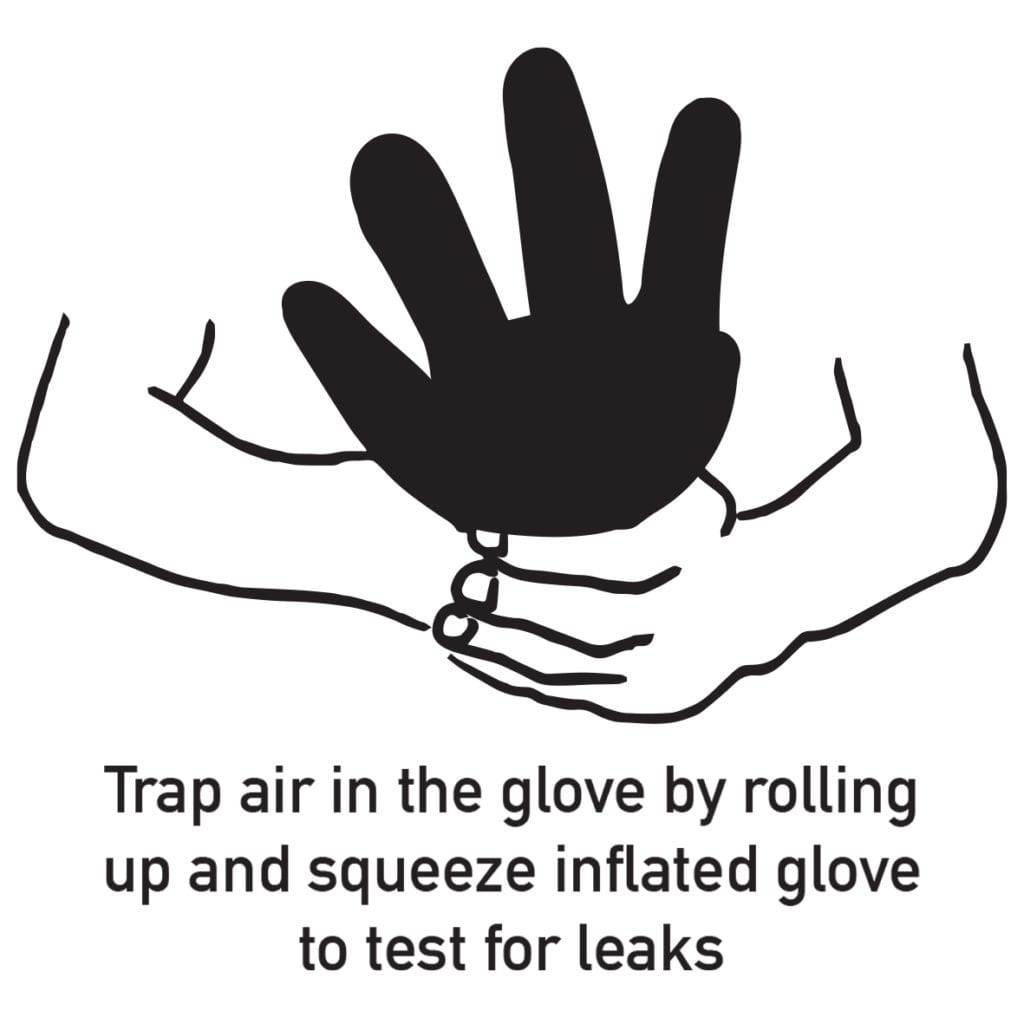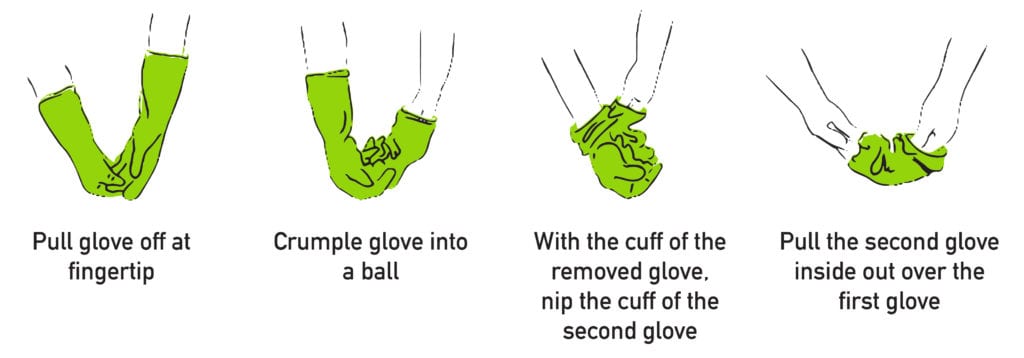Coming soon
ESKO's 10-point glove checklist
Checking for holes

Your hands are amazing tools, so it’s vital you keep them in top working order.
Hand protection is only effective if gloves are selected properly, maintained carefully, and if wearers observe good standards of personal hygiene.
This is our 10-point checklist to keeping hands healthy:
1. Check the correct gloves have been selected and issued: Make sure the right glove for the job is being used and that it is the right size. If the glove is too tight, fatigue and discomfort will result. A too-large glove will reduce dexterity.
2. Do not wear gloves beyond their limit: To retain their protective qualities, gloves must be changed frequently. Gloves used beyond their limit will expose the wearer to unnecessary risks of skin problems or severe hand injury. Especially if handling chemicals, the harmful effects of solvents, abrasives and chemicals can substantially reduce the performance of the glove material over time.
3. Check the gloves for any defects: Be on the lookout for small holes and weak areas. Carry out regular inspections, paying particular attention to the critical area between the fingers. For disposable and chemical-resistant gloves, inflate the glove, checking for air seepage as in the diagram below.
4. Note when gloves are issued: Don’t get complacent. Most gloves (except disposable gloves) can be used for more than a single task but don’t use them for longer than is safe.
5. Store gloves safely: Be careful with gloves in use. If gloves are taken off and left lying around, colleagues could pick up contaminated gloves, putting themselves at risk of injury. Make sure that gloves which aren’t in continuous use are stored out of harms way.
6. Remove gloves carefully and dispose of them responsibly: If gloves are worn to protect against chemicals or biohazards, the risk of exposure to unprotected skin is greatest, not when the glove is worn, but when it is being removed. For the safest method of removal see the diagram below. Once the gloves have been removed they should be disposed of in a hazard bin. On occasions, other workers have been injured by contact with contaminated gloves which have not been discarded responsibly.
Careful removal avoids contact with the outer surface of the glove:

7. Do not share gloves: Other than wearing the wrong glove, one of the major causes of hand problems is people sharing gloves for the sake of convenience. The inside of the glove makes a perfect breeding ground for exchanging bacteria and germs.
8. Wash hands before gloves are worn: Personal hygiene is a key element of effective hand care. Gloves must only be worn on clean hands, that is, hands free of bacteria. Wearing gloves for long periods can also promote the growth of bacteria. After the gloves are removed, hands should be washed and dried thoroughly. A good, non-perfumed moisturiser should be applied to replenish the skin’s natural oils after washing.
9. Treat and cover cuts and abrasions before wearing gloves: The skin is the body’s natural barrier to the outside world. It is important that no germs or chemicals are allowed to pass directly into the bloodstream.
10. Don’t ignore any sign of a skin rash or irritation: Skin disorders, such as dermatitis, can be disabling. If there is any sign of a problem, seek proper medical advice at once from a dermatologist via your GP or occupational health nurse.